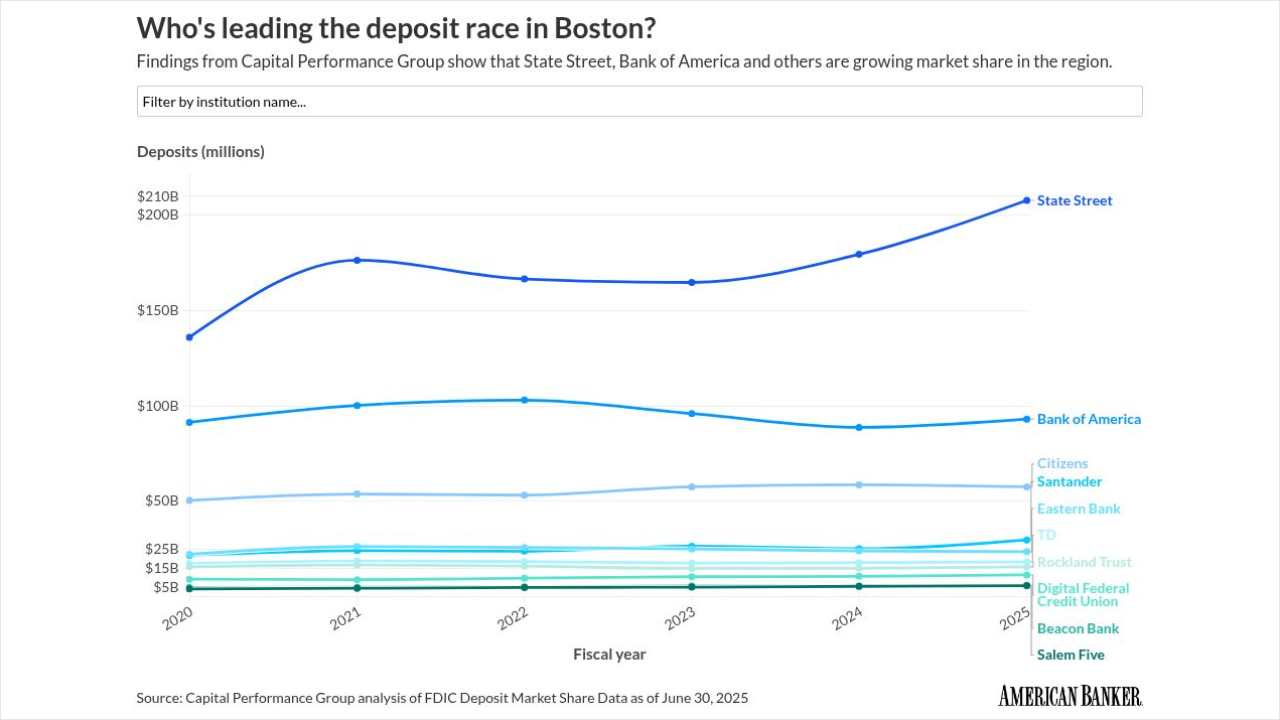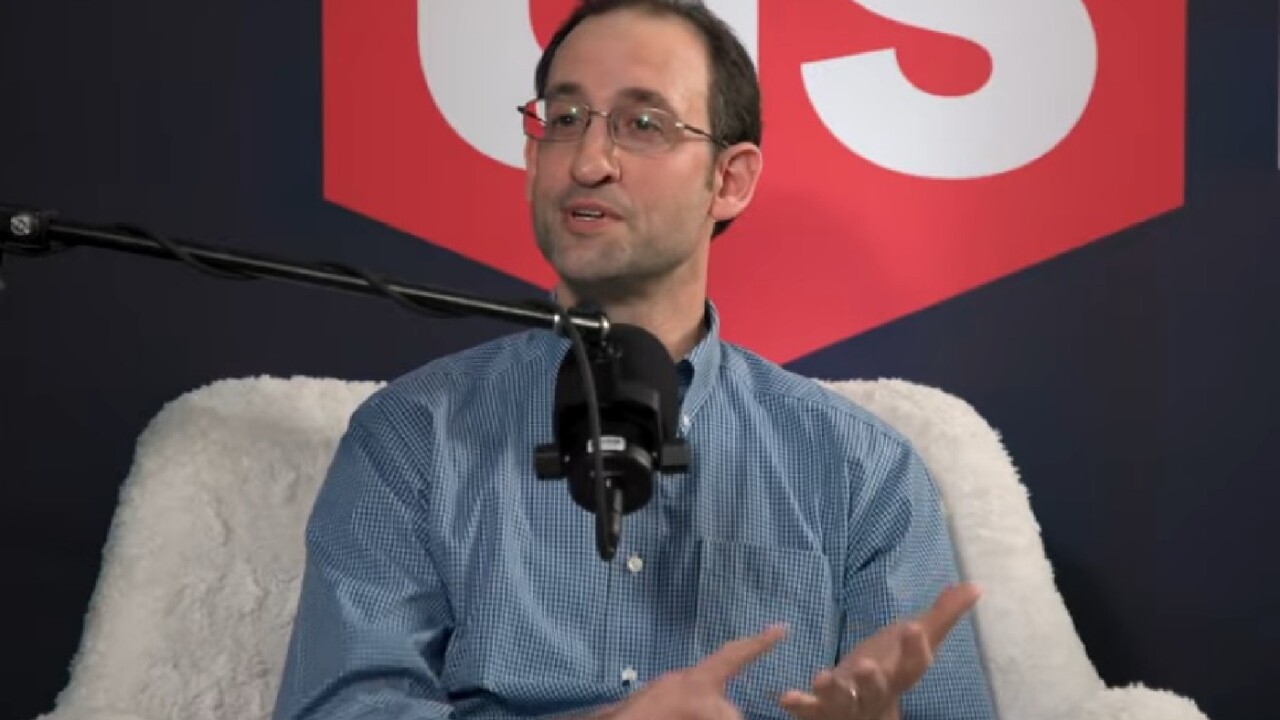Who is Microsoft Wallet for? With just
As with Apple Pay and Android Pay, Microsoft Wallet is certain to creep off the phone into other channels. And Microsoft Wallet can strike paydirt in the company's substantial home video gaming audience.
As Windows Phone sales are dropping, Xbox sales are rising, as are the people spending money on the company's Xbox Live service for online gaming. Xbox Live had
"In our digital stores today, whether it’s Xbox, Office or the Windows Store, our customers enjoy the ease of signing in with a Microsoft account and having their secured payment information on hand to quickly and more safely purchase products," Microsoft's director of payments, Will White, wrote in a
Microsoft Wallet is available for
The audience for Xbox overlaps the underbanked audience, including young adults, who might not have a credit or debit card. To allow them to purchase digital goods, Microsoft — and rival gaming companies Sony and Nintendo — sell stored-value cards that can be redeemed on their digital storefronts and directly through gaming consoles.
As of the 2013 launch of the
Nintendo's Wii U already has an NFC reader built into the gamepad of its Wii U console, and consumers in Japan have been able to use
Microsoft is also working to unify its various computing platforms Microsoft. In addition to marketing Windows 10 as both a
In the broader population, contactless mobile payments adoption has lagged, and the market is looking for any venue that can be a gateway. Starbucks has been successful, but whether that success is transferrable to
Microsoft first included mobile payments capabilities in the
Microsoft's mention of of its Xbox franchise indicates that it knows it has a substantial built-in base of potential mobile wallet users, said Richard Crone, a payments consultant, adding mobile payments will be beneficial for Microsoft mobile phones, but more important for Microsoft Surface tablets and laptops, providing a new commerce connection for the company.
"Mobile payments is table stakes for all device manufacturers," Crone said, adding retaining payment credentials in the cloud as part of the customer profile opens up new service and revenue-generating opportunity for Microsoft. "What the camera, Bluetooth and fingerprint authentication are to devices now, so will be mobile payments."





